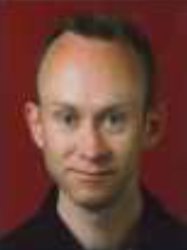BibTex format
@article{Goldblatt:2017:10.1016/j.apal.2016.11.006,
author = {Goldblatt, R and Hodkinson, I},
doi = {10.1016/j.apal.2016.11.006},
journal = {Annals of Pure and Applied Logic},
pages = {1032--1090},
title = {Spatial logic of tangled closure operators and modal mu-calculus},
url = {http://dx.doi.org/10.1016/j.apal.2016.11.006},
volume = {168},
year = {2017}
}

